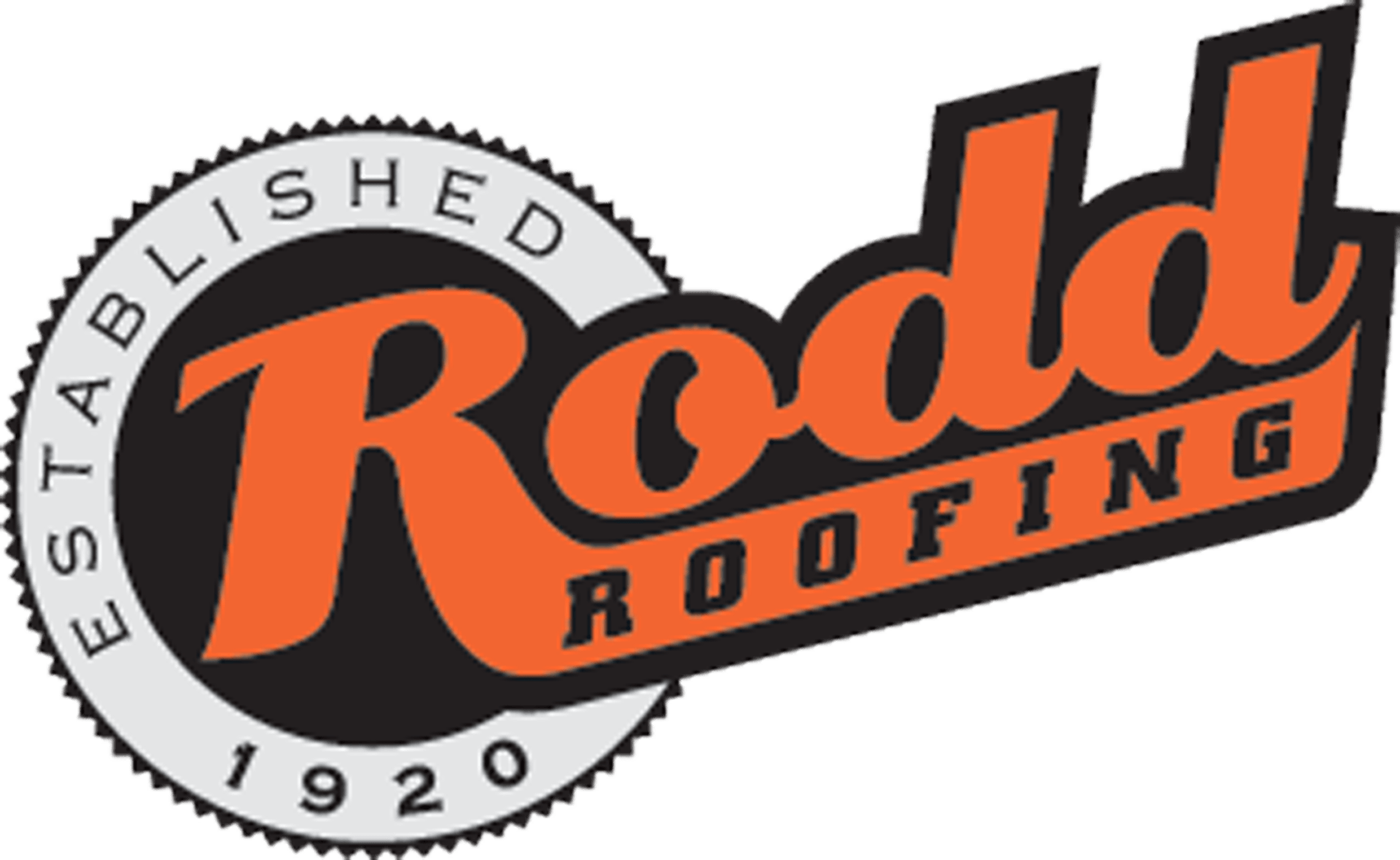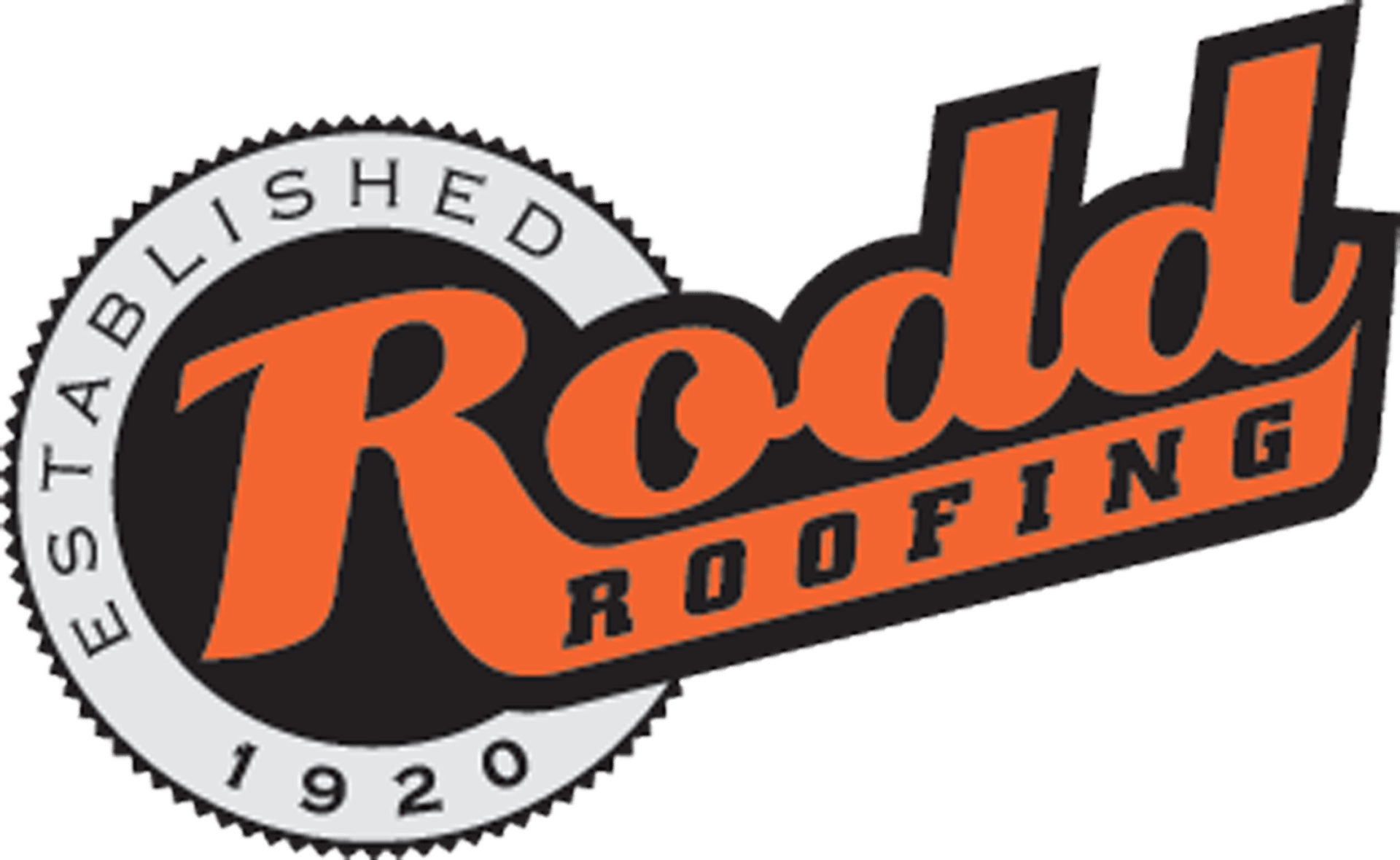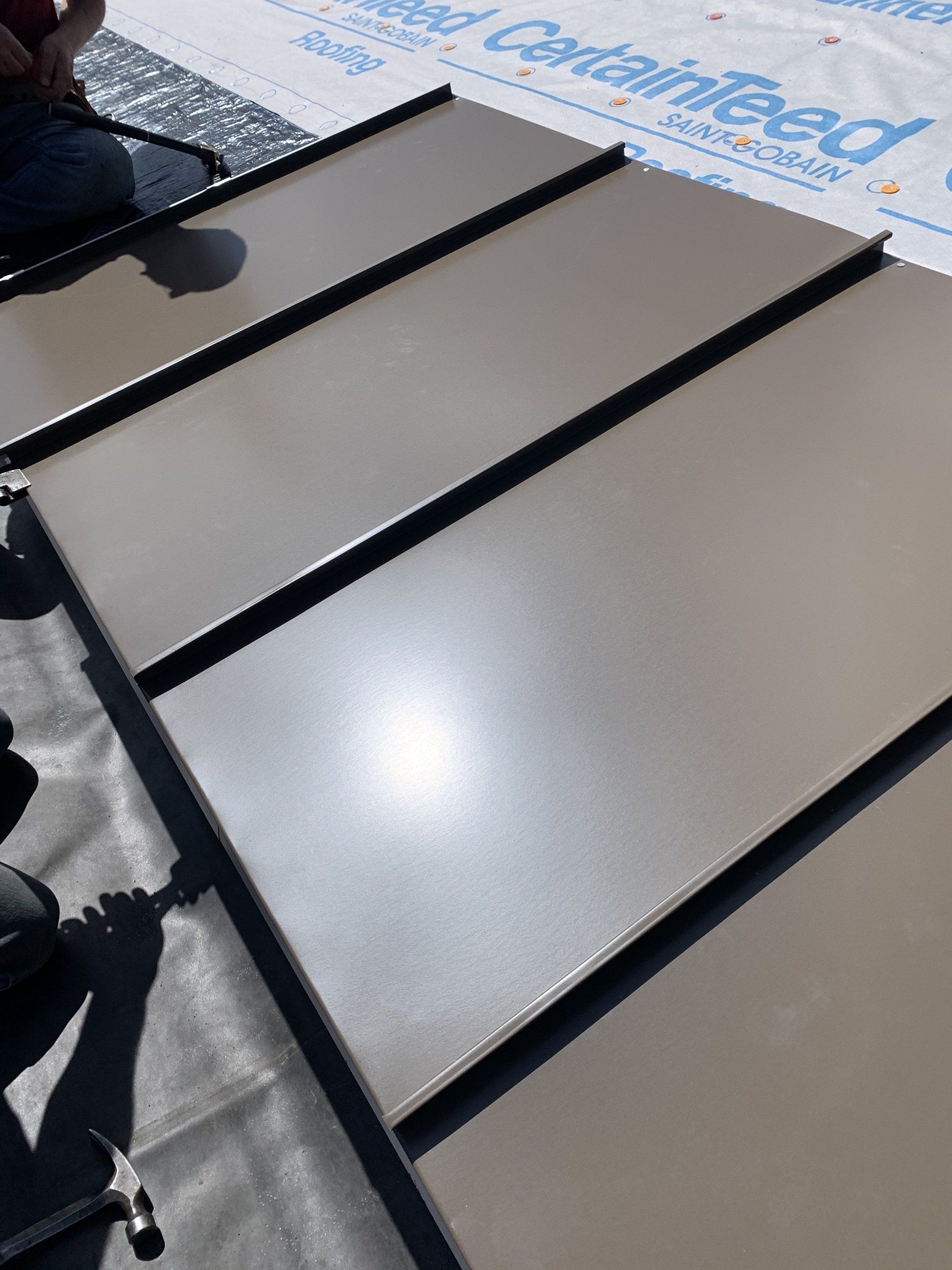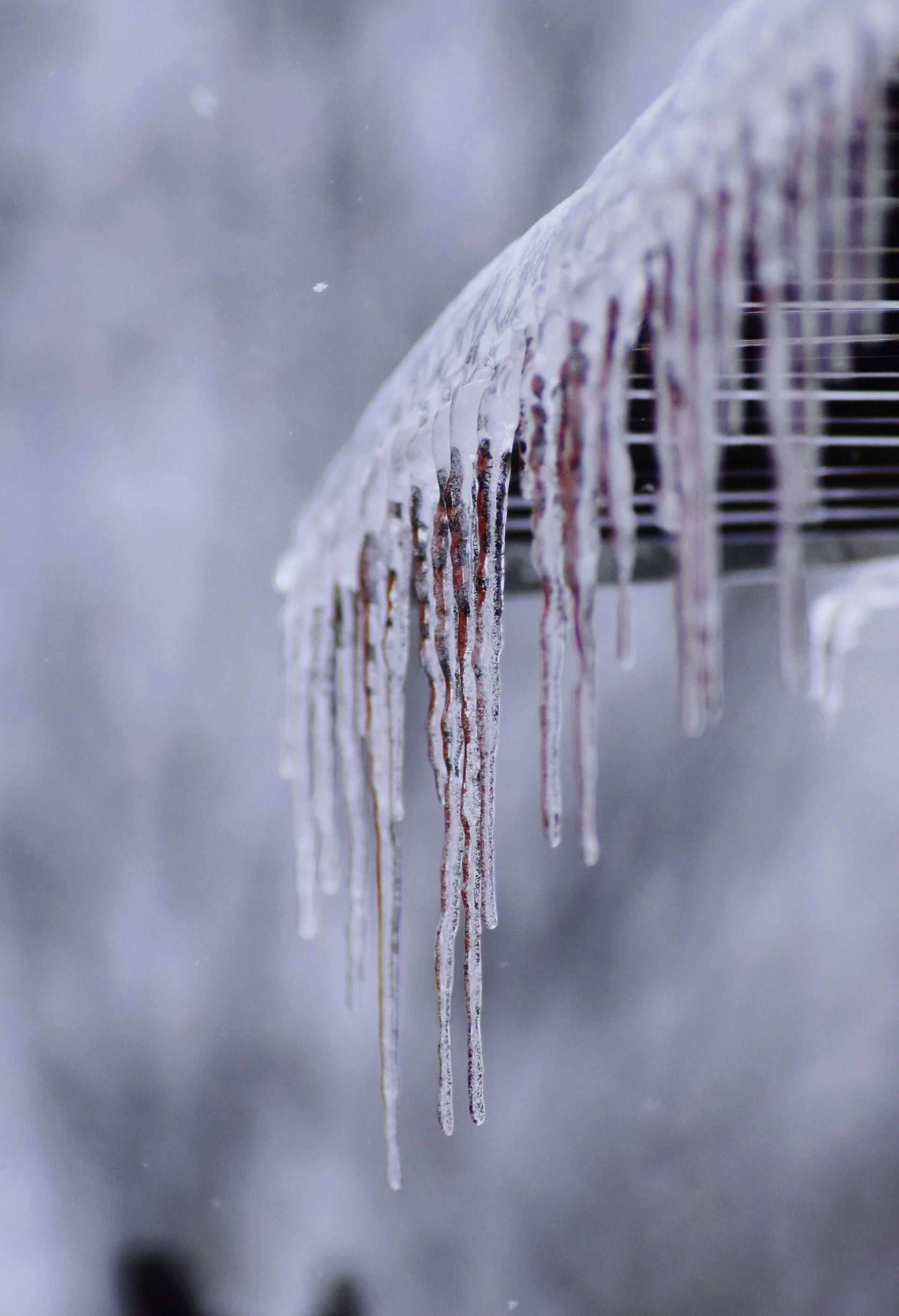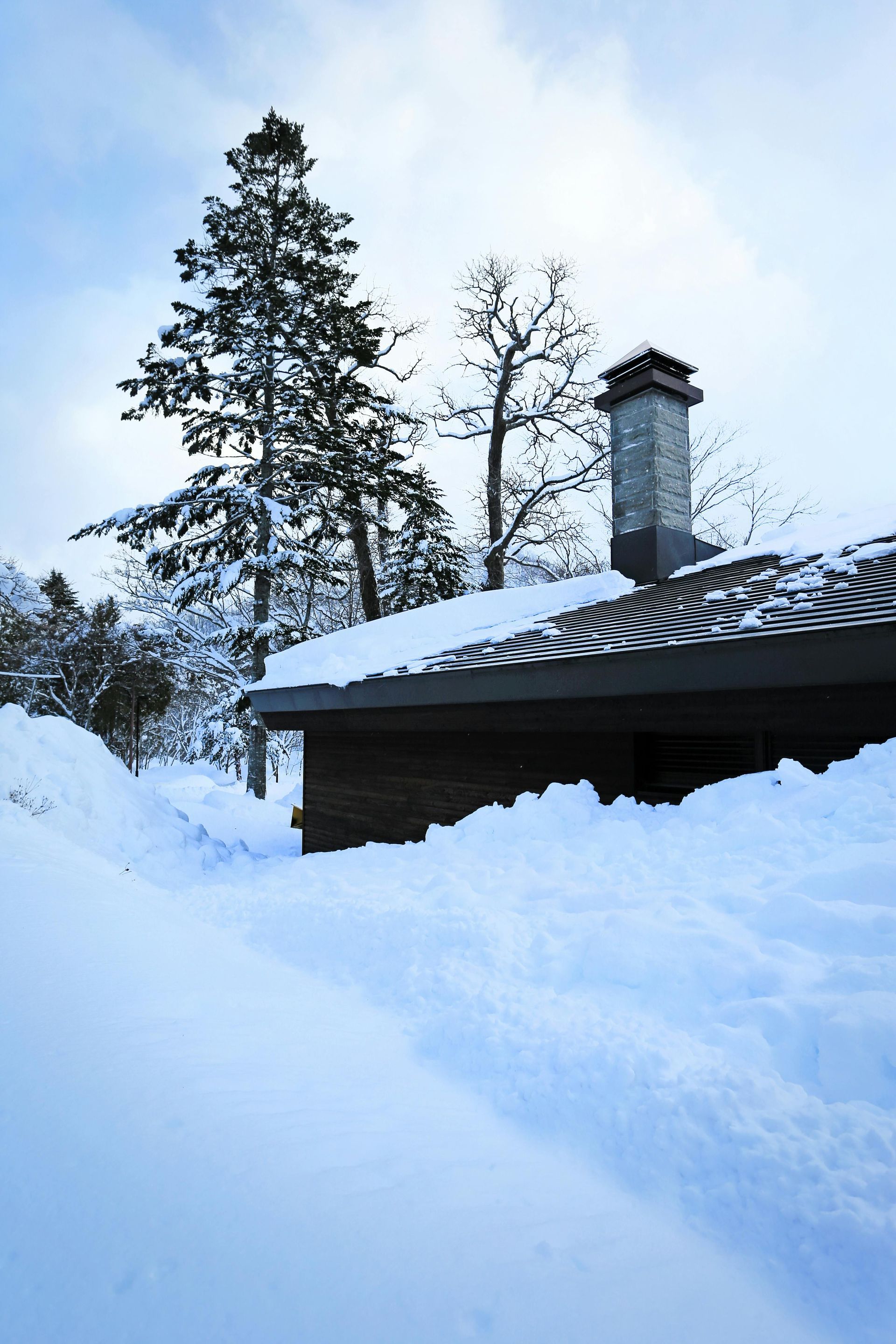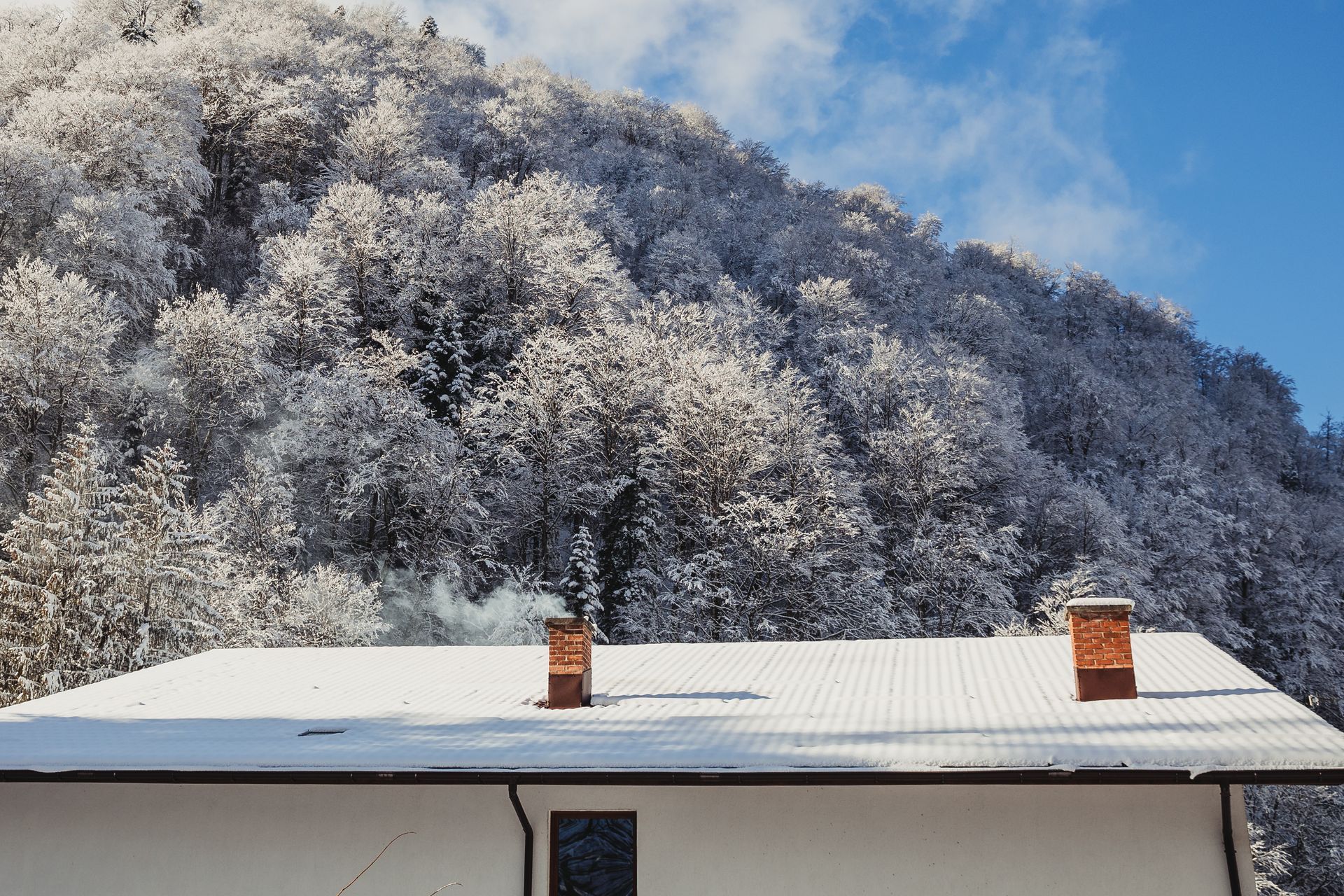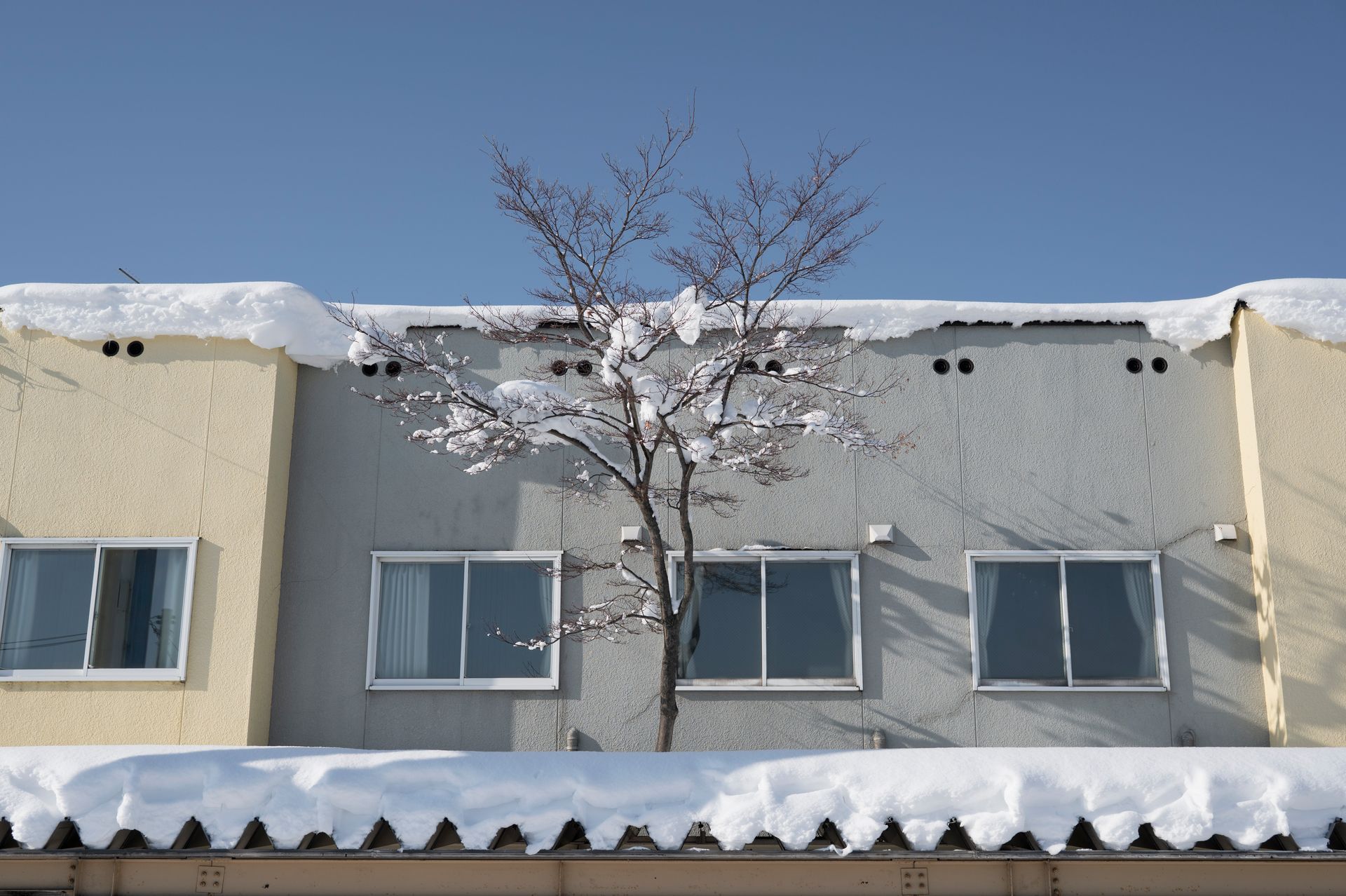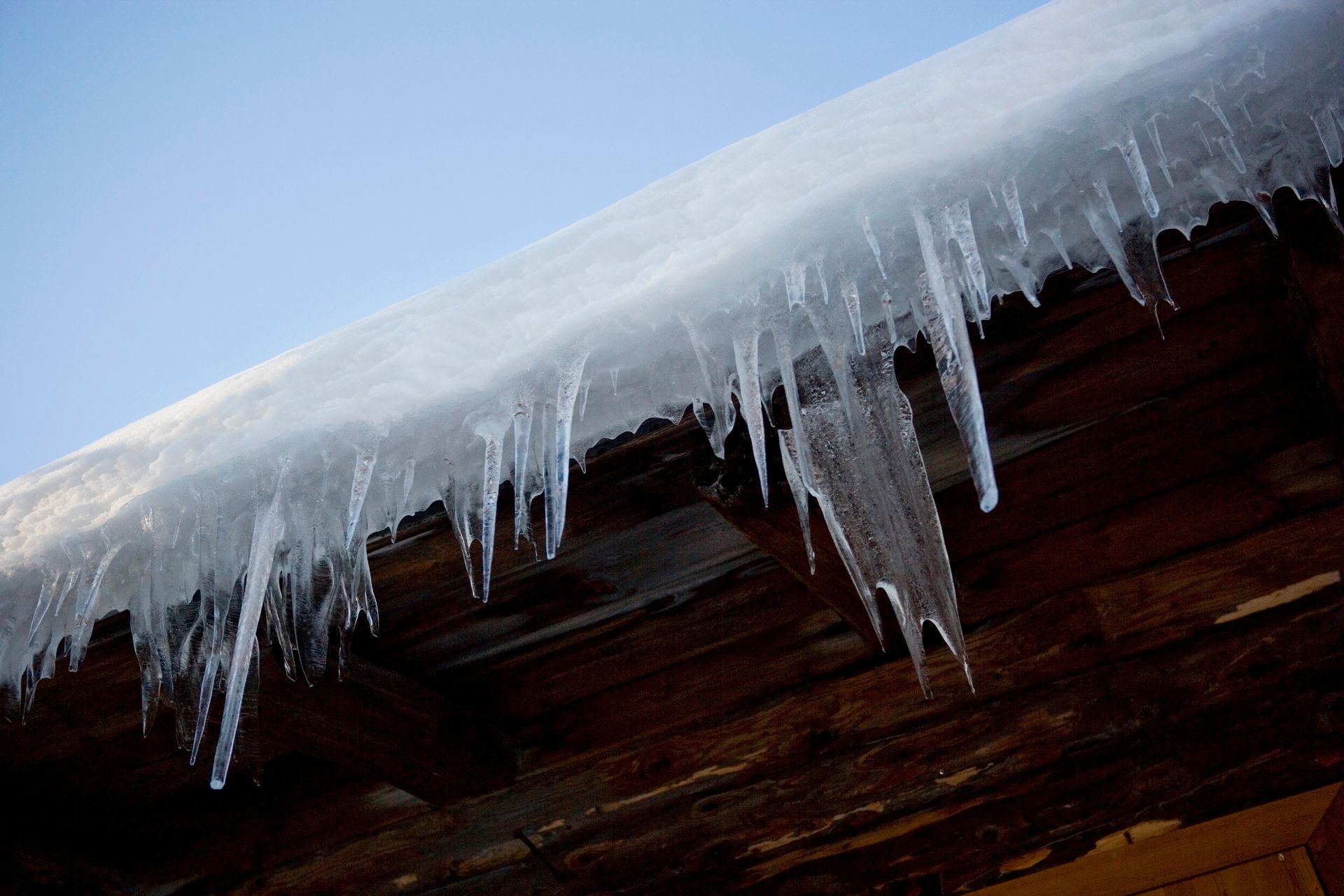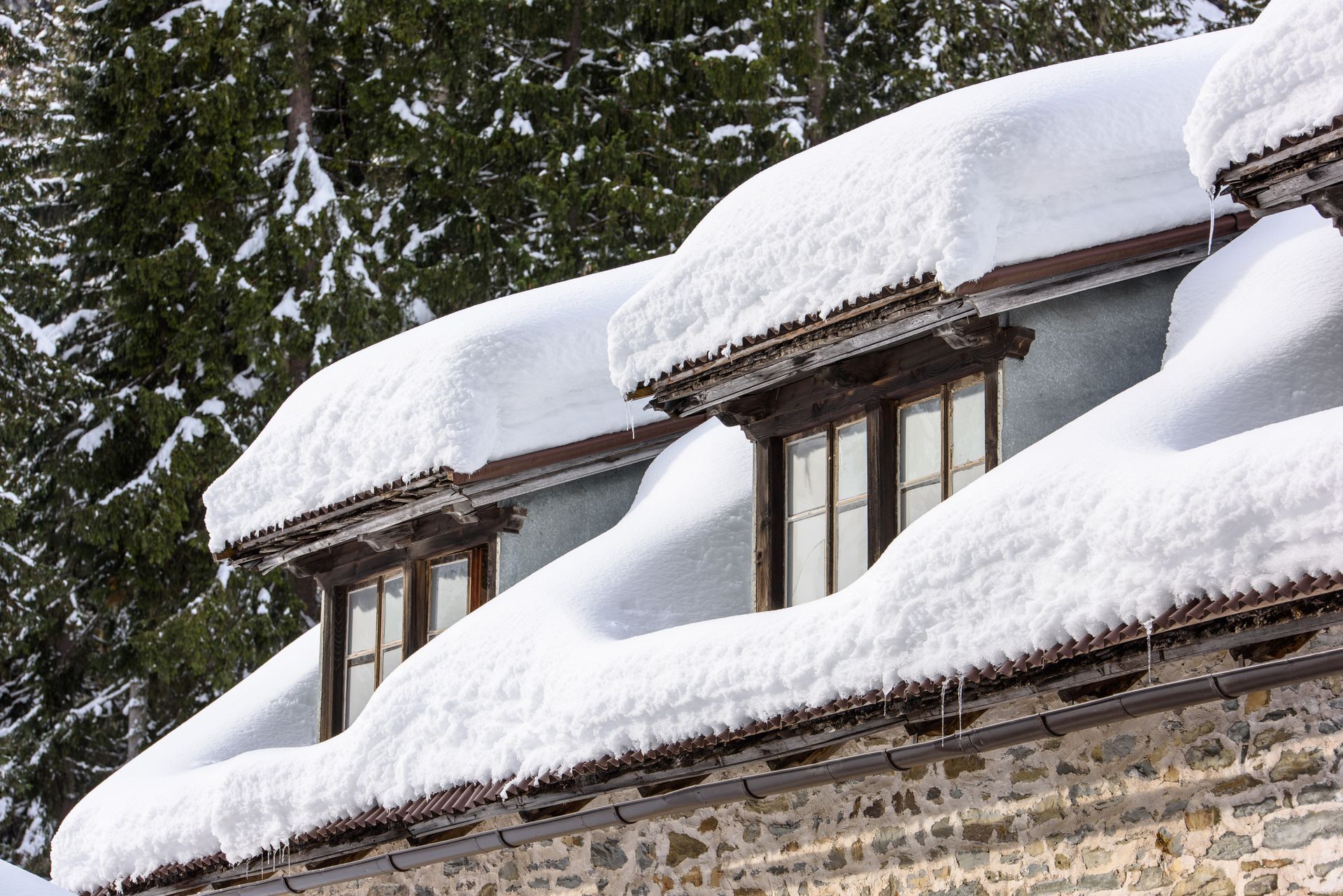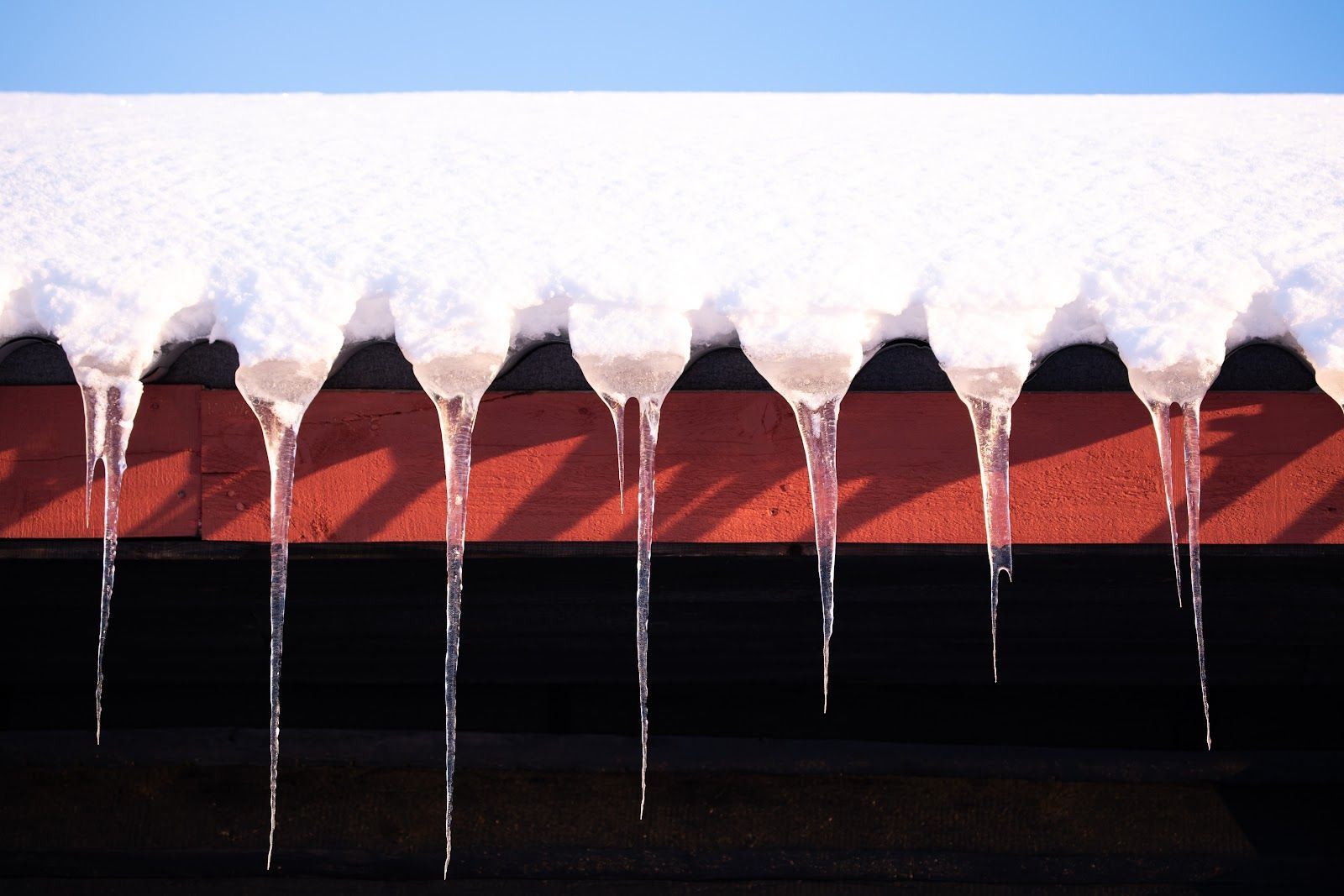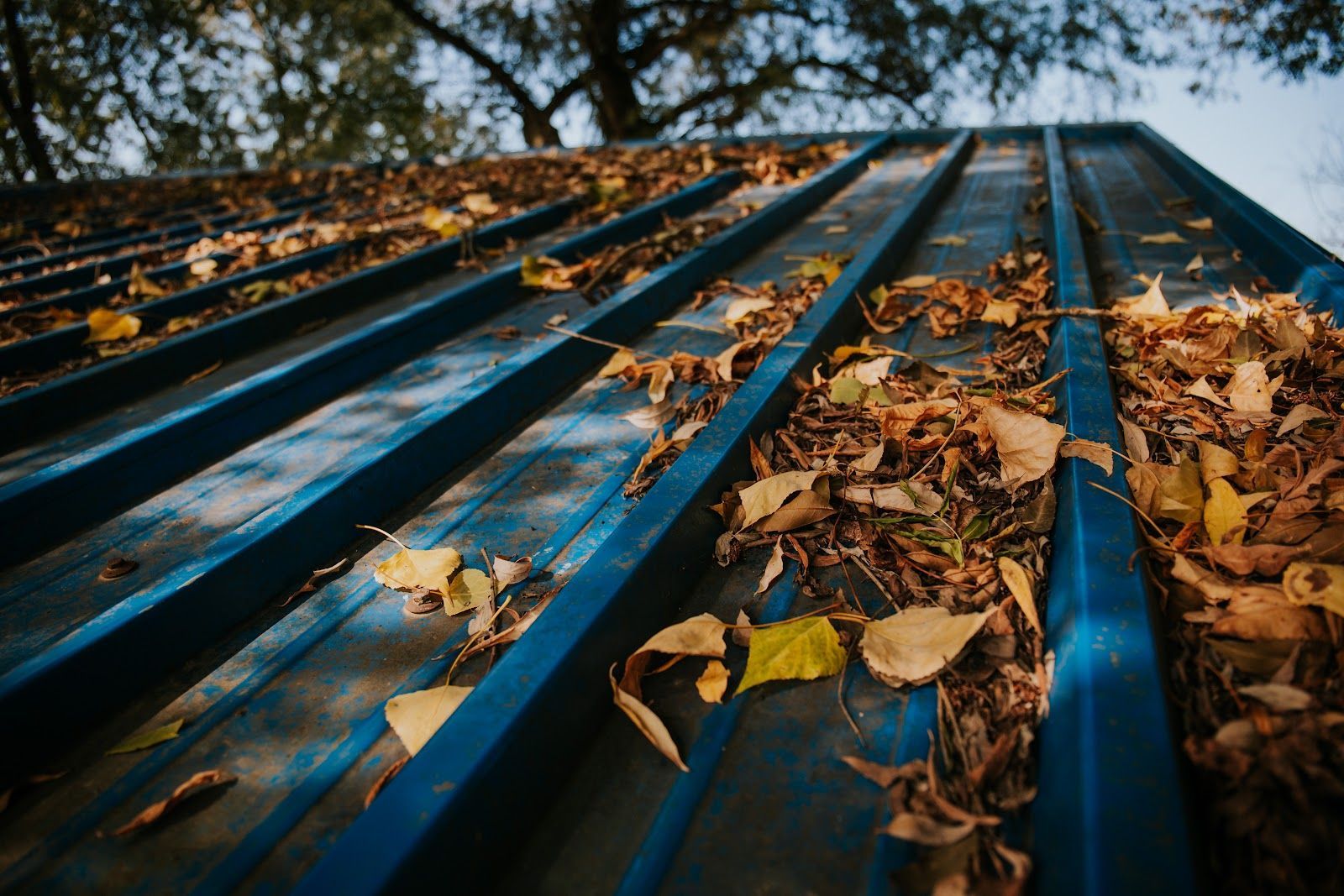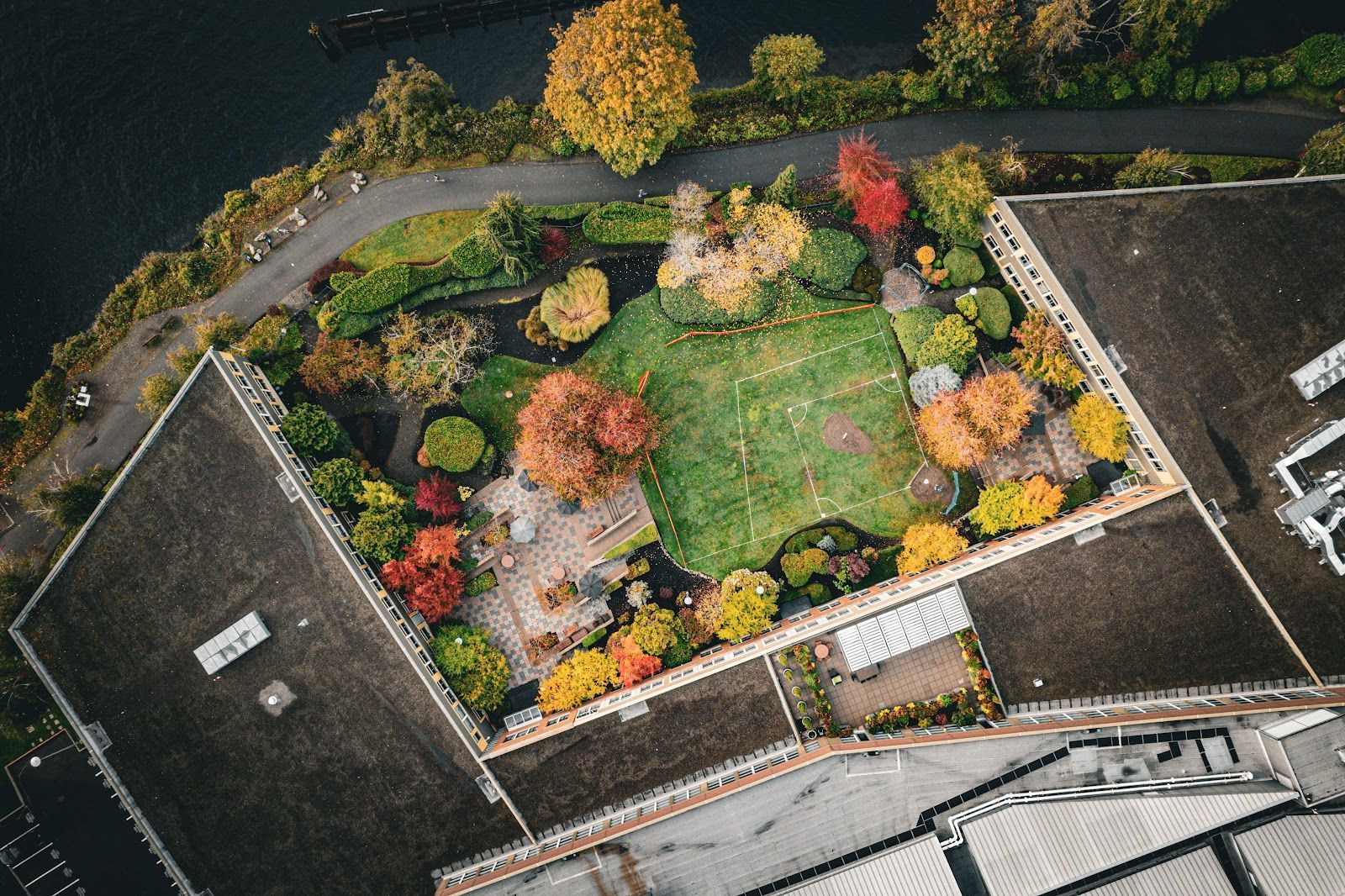The Impact of Roof Color on Home Energy Efficiency
Maximizing Home Energy Efficiency Through Paint
What Your Roof Color Means For Your Energy Bill
When it comes to enhancing home energy efficiency, many homeowners focus on insulation, windows, and HVAC systems. However, one often overlooked factor is the color of your roof. The color of your roof can significantly influence your home's energy efficiency, impacting heating and cooling costs, indoor comfort, and environmental sustainability. Join us as we explore how roof color affects energy efficiency and what homeowners can do to make the best choices for their roofs.
The Science Behind Roof Color and Energy Efficiency
Roof color plays a critical role in determining how much heat your home absorbs or reflects. This is due to the principles of solar reflectance and thermal emittance. Solar reflectance refers to a roof’s ability to reflect sunlight, while thermal emittance is its ability to release absorbed heat.
Light-Colored Roofs
Light-colored roofs, such as white or pastel shades, are known for their high reflectivity. They reflect a significant portion of the sun's rays, preventing excessive heat buildup. This can lead to cooler indoor temperatures during the hot summer months, reducing the need for air conditioning. Benefits include:
- Reduced Cooling Costs: By reflecting sunlight, light-colored roofs can lower the temperature inside your home, reducing the load on air conditioning systems and leading to substantial energy savings.
- Extended Roof Lifespan: Less heat absorption can reduce the thermal expansion and contraction of roofing materials, minimizing wear and tear and extending the roof's life.
- Environmental Impact: Lower energy consumption translates to reduced greenhouse gas emissions, making light-colored roofs an eco-friendly choice.
Dark-Colored Roofs
Dark-colored roofs, such as black, brown, or dark gray, absorb more sunlight and retain heat. This can be beneficial in colder climates where additional heat can help reduce heating costs. However, in warmer climates, the increased heat absorption can lead to higher cooling costs. Benefits include:
- Increased Warmth in Winter: In colder regions, dark-colored roofs can help keep homes warmer by absorbing and retaining heat, reducing the need for heating.
- Aesthetic Appeal: Dark roofs can enhance the architectural style of a home, offering a sleek and modern look.
Finding The Right Balance
Choosing the right roof color depends largely on your local climate and personal preferences. Here are some considerations to help you make an informed decision:
Climate Considerations
- Hot Climates: If you live in a hot or sunny region, a light-colored roof can help keep your home cooler and reduce air conditioning costs.
- Cold Climates: In colder regions, a dark-colored roof can aid in retaining heat, potentially lowering heating expenses during winter months.
Energy-Efficient Roofing Materials
Beyond color, the type of roofing material can also impact energy efficiency. Cool roofing materials, which are available in various colors, are designed to reflect more sunlight and absorb less heat. These materials can be a great option for homeowners looking to maximize energy efficiency without compromising on aesthetic choices.
Reflective Coatings
Applying reflective coatings to your existing roof can enhance its solar reflectance regardless of its color. These coatings are designed to reflect more sunlight and reduce heat absorption, providing an energy-efficient upgrade without the need for a full roof replacement.
The color of your roof is more than just an aesthetic choice—it’s a crucial factor in your home’s energy efficiency. Light-colored roofs can significantly reduce cooling costs and extend the lifespan of your roof, while dark-colored roofs can provide warmth in colder climates and add a distinctive look to your home. By considering your local climate, exploring energy-efficient materials, and possibly using reflective coatings, you can make an informed decision that enhances your home's comfort and sustainability. If you’re contemplating a new roof or a roof upgrade, remember to think about the color—it could make a world of difference in your energy bills and environmental impact.
